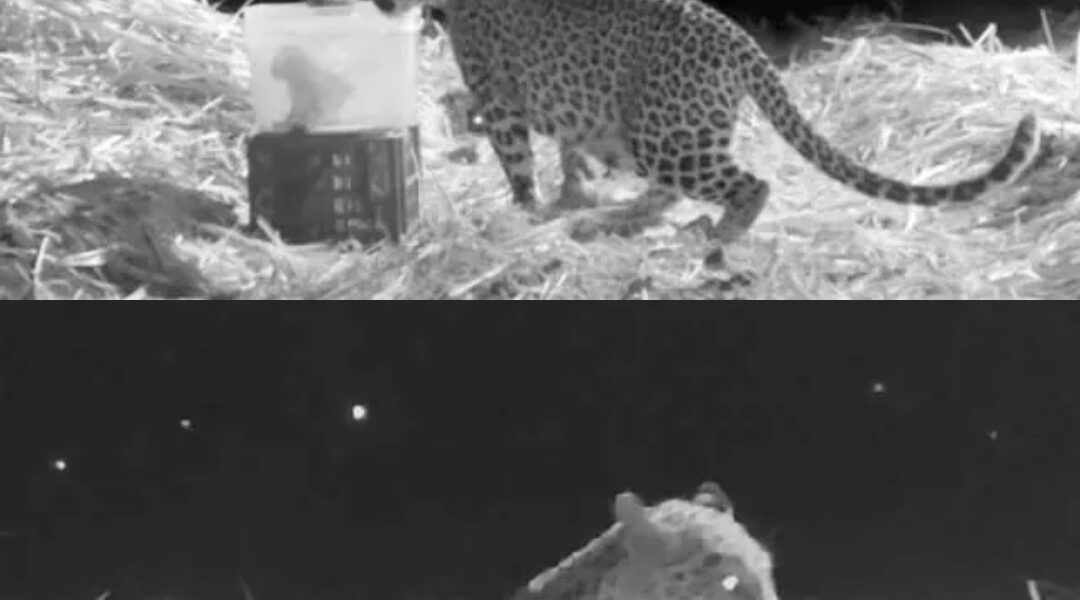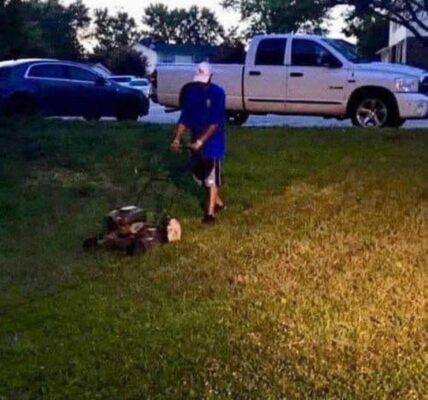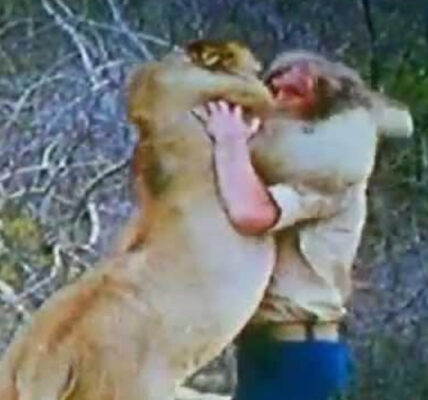The morning sun rose over the sugarcane fields of rural India, golden light spilling across the tall green stalks. Farmers from Takali Haji village had begun their day’s harvest, swinging sickles in rhythm, their voices carrying faintly through the humid air. It was an ordinary morning — until one of them stopped suddenly, hearing a strange, high-pitched sound.

At first, they thought it was the whimper of a stray dog. But as they pushed aside the thick cane leaves, they froze. Lying on the ground were four tiny leopard cubs, barely a few days old. Their eyes were still cloudy from birth, their soft spotted fur smeared with dirt and burns. They cried weakly, trembling, huddled together for warmth — alone and afraid.
The farmers stepped back in shock. For a moment, no one knew what to do. In their region, leopards were both feared and respected — powerful predators that sometimes wandered into villages, forced from their forest homes by deforestation and poaching. Yet here were their babies, helpless and in pain.

After a brief silence, one farmer said, “We can’t leave them.”
And with that, the decision was made.
They carefully gathered the cubs and called the local forest officer, who in turn contacted Wildlife SOS, a rescue team known for their work with displaced wildlife. Within hours, rescuers arrived, bringing medical supplies and experience — but what they found still broke their hearts. The cubs were dehydrated, weak, and frightened. Every few seconds, one would cry out, a sound that carried both pain and hope.
The team worked quickly to clean and treat the burns, ensuring the cubs were safe. But as they examined them, one question remained heavy in the air: Where was the mother?

Leopards are fiercely protective of their young, and it was likely she had gone to search for food or fled from human noise, unable to reach her trapped cubs. The rescuers knew they had only one real mission — to reunite them.
That evening, as the sun began to dip below the horizon, the team returned to the same field where the cubs had been found. They placed the tiny leopards gently inside a secure wooden box lined with soft cloth and set up a motion-triggered camera nearby. Then they stepped back — far enough to let nature take over.
An hour passed. The fields grew quiet. Then, from the edge of the forest, a shape emerged — sleek, cautious, and silent. The mother leopard. Her head was low, her eyes wide and alert, scanning for danger. Then she heard it — the faint, familiar cries of her babies.

She crept closer, pausing at every sound. Finally, she reached the box. For a long moment, she stood still, as if disbelieving her senses. Then she leaned in, nudged the lid, and peered inside. What followed was a scene so tender that even the rescuers watching from a distance couldn’t hold back tears.

The leopardess began licking her cubs, one by one, her rough tongue cleaning their fur, calming their cries. She lingered over them, rumbling softly — a mother’s song of reassurance. Then, one at a time, she picked them up gently in her mouth and disappeared into the darkness of the forest.
By dawn, the box was empty, and the rescuers knew their mission was complete.

What began as a morning of shock and worry ended as a story of hope — a reminder that even in the wild, love knows no boundaries. The farmers who once feared these great cats had helped save their family. The rescuers who braved the night had witnessed the most primal bond of all: a mother’s love.
And in the stillness of the sugarcane field, there remained only the faint rustle of leaves — and the memory of a reunion no one would ever forget.




